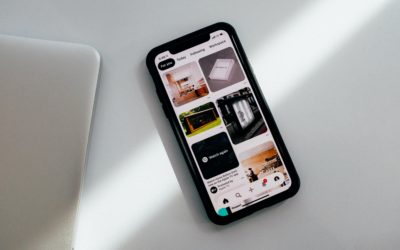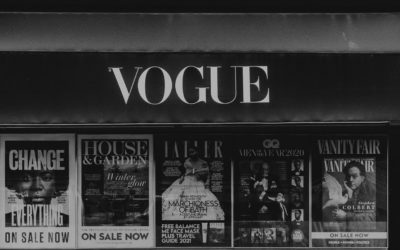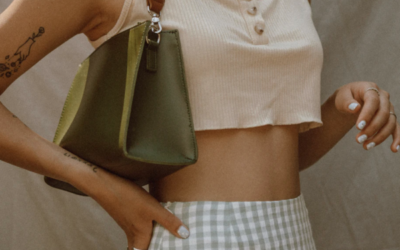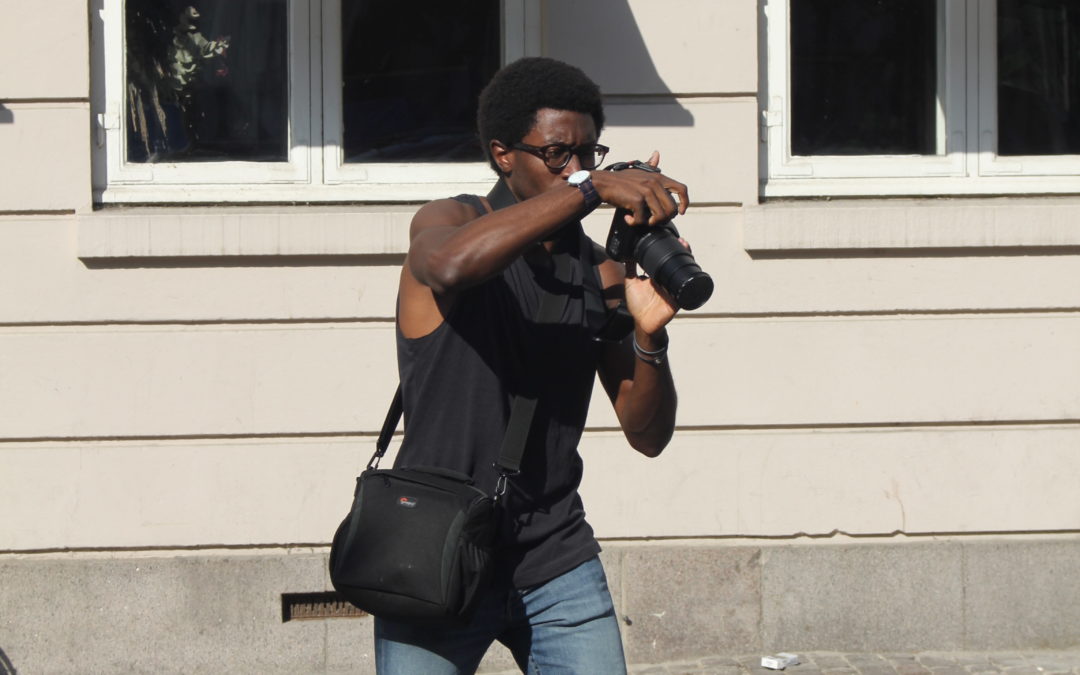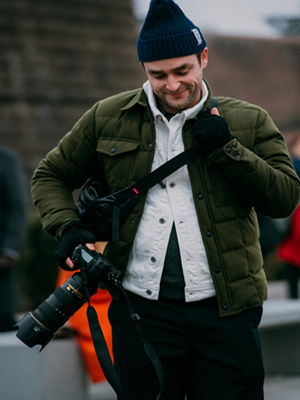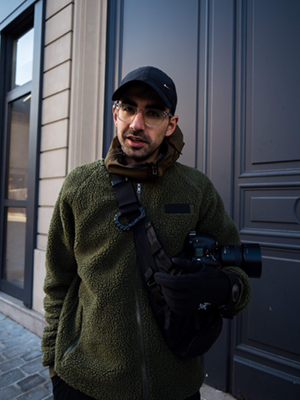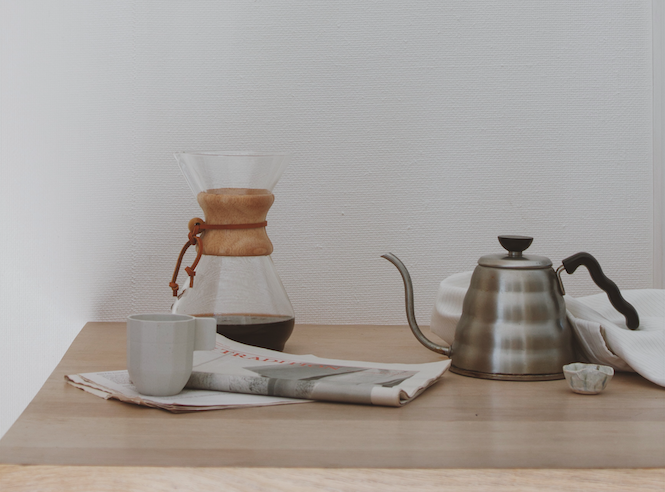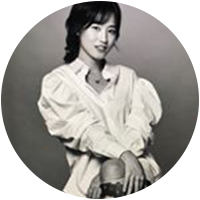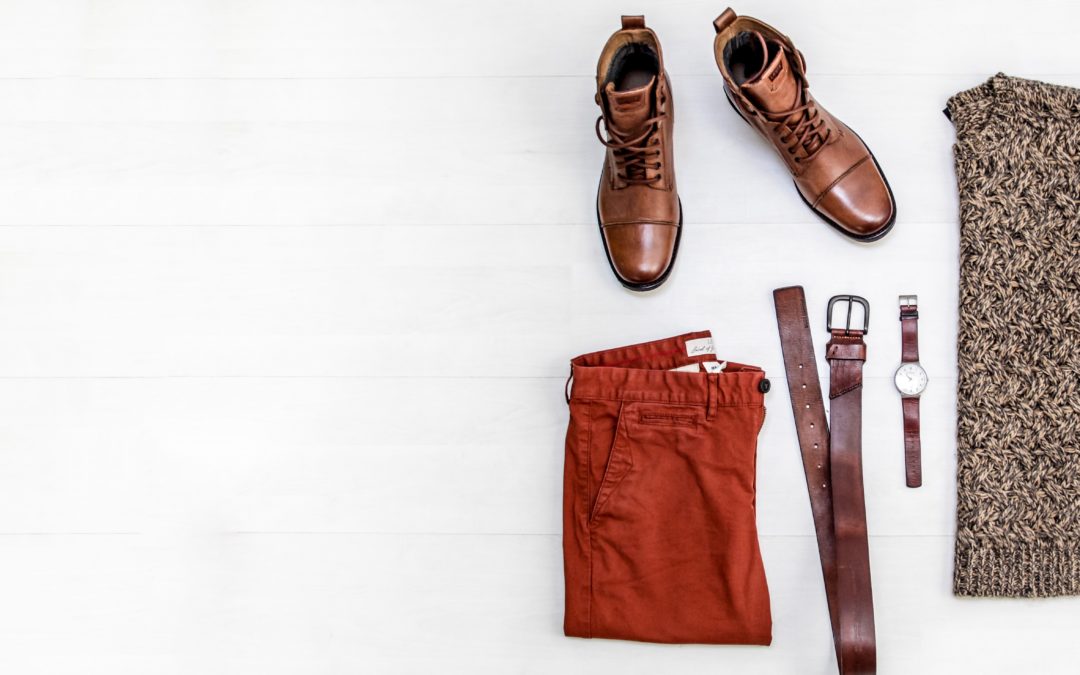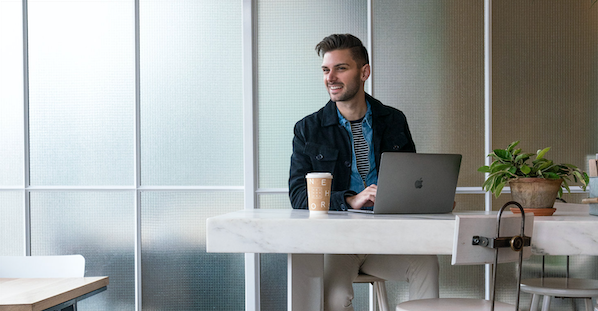Pinterest is a social media platform that most people use as an online vision board. Pinterest is capturing dreams - being used as a tool to plan the future. So why not take part in planning the future? Pinterest offers you the opportunity to meet your customers when...
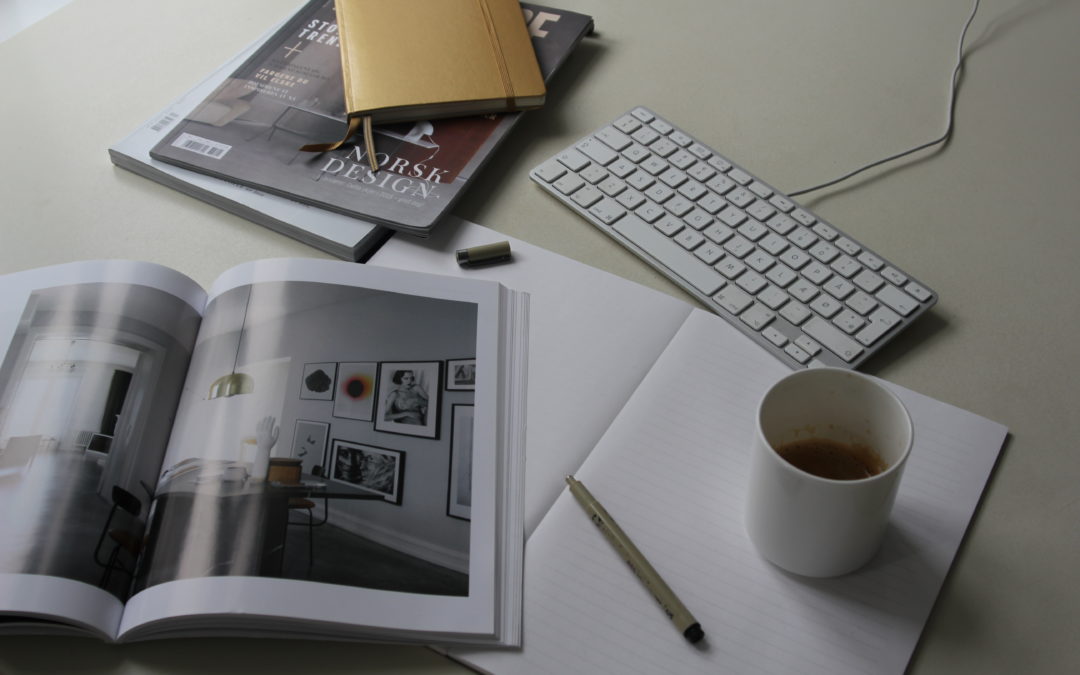
Organizing your contact lists: 3 reasons why segmentation is a must
Organizing your contact lists: 3 reasons why segmentation is a must
Aren’t you more likely to open an email specifically tailored to your interests? Well, your contacts are no different. Sending mass emails targeting everyone and nobody at the same time can, in turn, alienate your audience and in the worse case, make them click the unsubscribe button. Nobody wants to be part of a mass marketing scheme that only focuses on turning a profit.
Lifestyle brands are especially budget-conscious, getting their brand message across becomes an even more intricate task at hand when you add high production and business development costs.
Let’s face it— a one-size-fits-all approach won’t work. Instead, let’s go over the 3 reasons why segmentation of your contact lists is important.
What is segmentation?
“List segmentation is the act of intelligently subdividing your contact list into any number of smaller lists.” (1) Segmentation will help you personalize your message and target specific clients and contacts. You will create a stronger bond with them and collect valuable data in return.
1. Better targeting = successful marketing campaigns
By grouping similar audience, you will send the right message to the most relevant contacts. You can parse out your contacts by markets, journalists, magazines, influencers, and/or retailers, as they are all interested in different content. Or, you can create even more specific lists that include contacts in niche markets such as sustainable fashion, athleisure, or minimalist design.
Gitte Nordstrøm, PR manager at ferm LIVING explains this very well: “For a brand to cater to the needs of all stakeholders, effective PR requires thorough segmented media lists for each tailor made send out. They all have different content needs and different deadlines they operate according to.”
It’s a lot of work, as the possibilities could be endless. But it’s all about understanding the individuals on your lists, as they all have different preferences and behaviors.
She explains: “A launch of a premium product may be made available to premium media only and a commercial product with a broad appeal may be made available to all. The point is, you should always match the type of news with the right type of media to make your news relevant to the recipient and to avoid spamming journalists with overly busy inboxes.”
By taking those unique inclinations into account, you can be more specific in your newsletters and press-releases. The result? An efficient conversation with higher open, click-through, and conversion rates which ferm LIVING has seen happening: “Across categories, our results have gone up significantly, which is partially due to thorough segmentation.”
This observation can also be made to the curated lists we create for our own clients at VOCAST. In some cases, we can also observe a 10% vs 80% opening rate difference from fashion editors working for the same magazines. Newsletters and press-releases are more likely to be opened by a specific individual who’s interests are directly met or who has the specific task to present mood boards to the editorial team.
2. Collecting valuable data
By pushing out stories that resonate with specific target groups, you get to know your audience better. It’s essential to understand your audience, create a narrative, and know the right cadence for your content. You will quickly find out who to prioritize and how to allocate your attention and resources more efficiently.
This will not only help you learn more about the core strength of your brand but also, help you become more flexible and creative with your overall business. You may even reach out to news outlets that you previously found unimportant.
3. Building a community
Analyzing data and building up a strong content strategy are the core elements of segmentation. From segmenting, you will have a better understanding as to why people share certain things online and how your brand fits into that. As a result, the personalized emails you send will strengthen customer experiences.
Gitte explains: “[stakeholders] need a good story, others need to be inspired for their next shoot and some are looking for the perfect brand to collaborate with. For a brand to cater to the needs of all stakeholders, effective PR requires thorough segmented media lists for each tailor made send out.”
By sending the right content to the right people at the right time, you are creating tailor-made material, which will stand out in your customers’ inbox as highly relevant and will keep you on their radar (2).
How we can help
Our global team at VOCAST has already taken those extra steps to help you identify the right journalists, bloggers, media outlets, and more within the design and fashion spheres across 8 different markets. Care to know how to cycle the Dutch market? Or the subtle differences between the Danish, Norwegian and Swedish, media landscapes? How about doing a little tour de France, Germany, or Great Britain to get a better understanding of such massive markets?
Considering the differences in size and culture, not all markets will have the same segmentation. However, all of these subtle differences can only make things more interesting for your content strategy.
As for the sought-after data, our reach intelligence data feature is the perfect tool to get feedback on your send-outs. Simplify your marketing efforts by getting an overview of your response rates, as well as a general response rate based on all of your previous send-outs. Your contacts will also get a response assessment, so you know exactly who is interested in your brand and who more likely to open your emails.
Read more about Influencer Network, Reach Intelligence, and E-mail Campaigns features.
Ines is the French Fashion and Design Researcher at VOCAST. After spending most of her life on the beautiful African continent she has chosen Copenhagen as her home-base. A self proclaimed “beauty addict”, she previously worked in the beauty industry and is now exploring her passion for digital marketing, fashion PR and design.
SIGN UP TO OUR NEWSLETTER
Get free knowledge on how to optimize your B2B marketing & new product releases.
RELATED POSTS
How Pinfluencers can benefit from digital showrooms
Vogue Scandinavia
This August, the highly anticipated Vogue Scandinavia was launched. Comprising a whole region, the edition covers the Nordic countries of Norway, Sweden, Denmark, Finland and Iceland. The magazine aims to be an emblem of modern Nordic fashion, combining elements from...
Belgium: Why and how to conquer the lifestyle market
Belgium: The country of chocolate, fries, and … fashion. Maybe not as tasty, but surely more than tasteful. Martin Margiela, Dries Van Noten, Raf Simons, and Ann Demeulemeester are just a few of the big names who rose to fame from the country’s main cities Antwerp and...


